 2025.11.21
2025.11.21Sustainable Material Card Product Profile
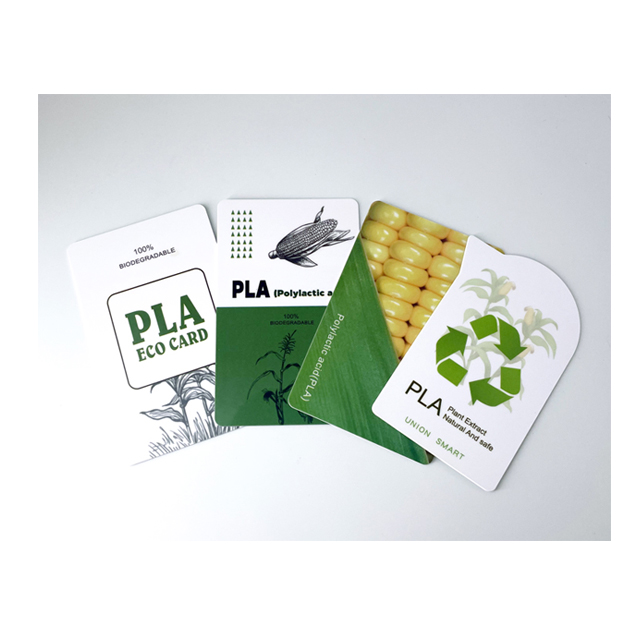
PLA Card
PLA is a new bio-based and biodegradable material made from starch derived from renewable plant resources, such as corn stalks.
PLA exhibits excellent biodegradability and is completely degraded by natural microorganisms under specific conditions, ultimately producing carbon dioxide and water. This is highly beneficial for environmental protection and is recognized as an environmentally friendly material.
PLA is a more environmentally friendly alternative to existing plastic materials.
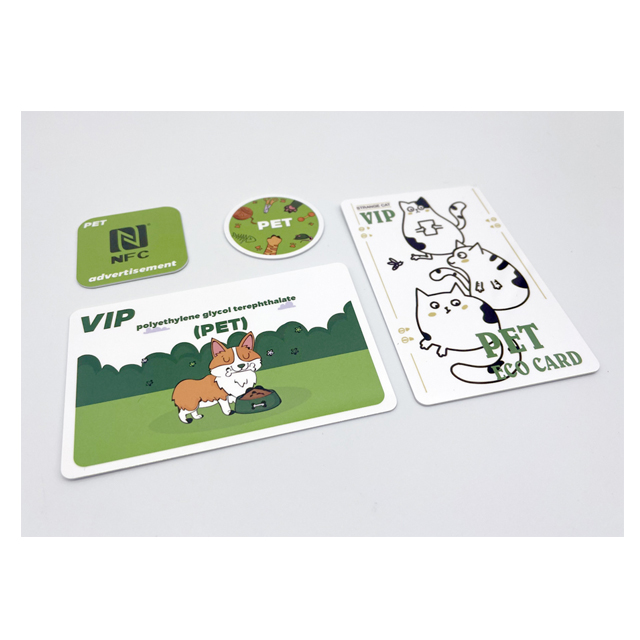
PET Card
Polyethylene terephthalate (PET) is a transparent, strong, lightweight, and 100% recyclable plastic.
Unlike other types of plastic, PET is not disposable—it is 100% recyclable, versatile, and reusable.
PET, which stands for polyethylene terephthalate, is a plastic resin, a type of polyester, that is extremely durable and heat-resistant.
It is a more environmentally friendly alternative to traditional plastics.
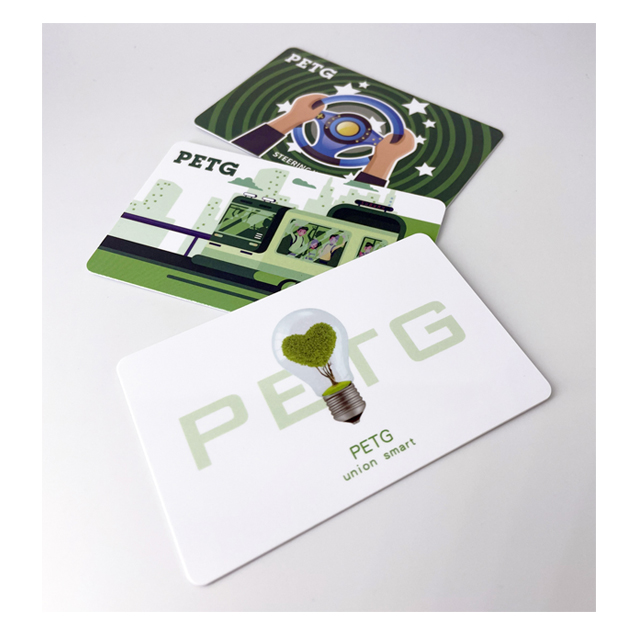
PETG Card
PETG is a polyester derived from the copolymerization of polyols and is a food-grade, environmentally friendly material.
Unlike other types of plastic, PETG is not disposable—it is 100% recyclable, versatile, and reusable.
It is a more environmentally friendly alternative to traditional plastics.
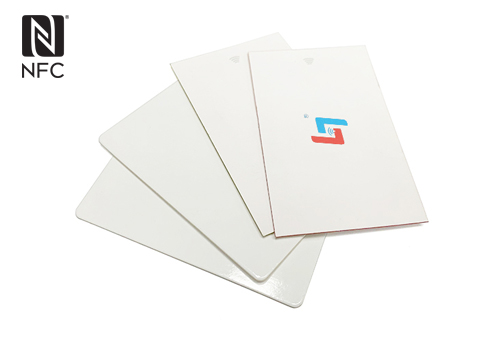
Paper Card
Cost-effective
Lightweight
Easy to Dispose
Flexible Usage
They replace traditional plastic materials and are more environmentally friendly.

Wooden Card
NFC wooden cards are made of wood or bamboo, feature a built-in RFID chip, and come with laser-etched or UV-printed logos and instructions. They are lightweight, durable, and built to last.
Advantages of Wood Materials
Wood is the ultimate "green" product—it's renewable, sustainable, recyclable, locally grown, versatile, biodegradable, and has a smaller energy, water, and carbon lifecycle footprint than other products.
They are widely used in hotels, resorts, business cards, VIP cards, and more.
They are a better alternative to plastic and are more environmentally friendly.

R-PVC Card
Recycled plastic (R-PVC) refers to plastic raw materials obtained from waste plastics through physical or chemical processing methods such as pretreatment, melt pelletization, and modification. It represents the reuse of plastic.
Replace the original plastic material and be more environmentally friendly.
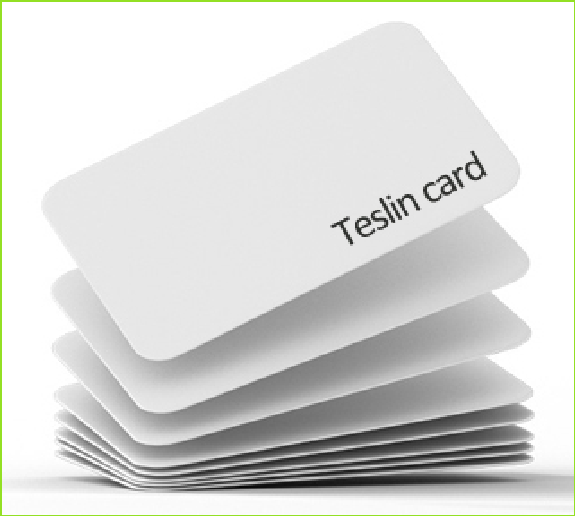
Teslin Card
Teslin substrate is a unique synthetic paper used worldwide for commercial and specialty printing applications requiring durability and security. Formulated with a polyolefin/silica matrix, Teslin substrate creates a single-layer, microporous material that locks inks, toners, adhesives, coatings, and laminates into its structure, creating a strong, virtually indestructible bond.
Benefits: Durable, waterproof, secure, and adaptable.
Typical Applications: Printed and laminated stock, labels and tags, laminated cards and key fobs, security documents and ID cards, e-passports, and more.
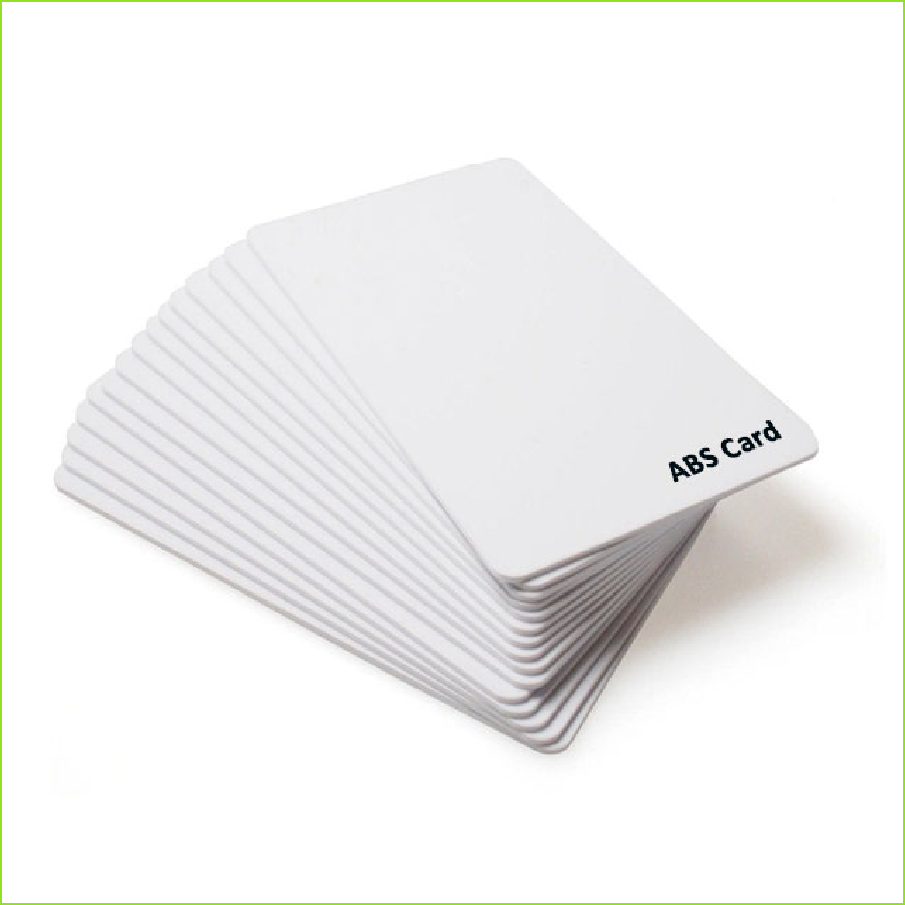
ABS Card
ABS, or acrylonitrile-butadiene-styrene copolymer, is a very common thermoplastic. Its ease of processing, balanced performance, and low cost make it ubiquitous in industry and everyday life.
Its smooth surface makes it easy to print on. It has excellent mechanical strength and hardness, excellent impact resistance and toughness, and maintains good toughness even at low temperatures, making it resistant to brittle cracking. The raw material is relatively inexpensive, offering a high cost-effectiveness ratio. It also maintains shape and size at normal operating temperatures.
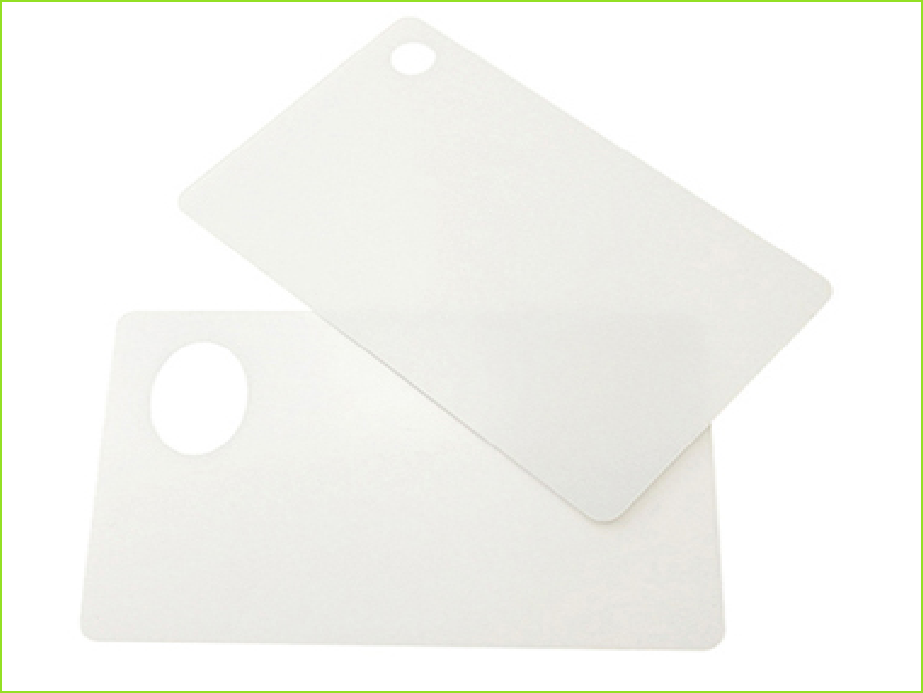
PC Card
Polycarbonate cards are made from a class of thermoplastic polymers. Polycarbonate resin combines strength, light weight, and flexibility, making it an ideal material for card manufacturing.
Anti-counterfeiting features (slit lines, anti-copying, embossing)
Rainbow printing technology, security ink printing technologies (infrared, ultraviolet fluorescent, optically variable)
Holographic film, chip encapsulation, lamination, laser etching, and other unique security features are available.
While polycarbonate is stronger and more expensive than PVC, its durability makes it an ideal material for cards with a lifespan of ten years or more, such as national ID cards, passports, and driver's licenses.
Material | Eco-friendly? | Biodegradable? | Renewable? | Recyclable? | Key Notes |
RPVC | YES | NO | NO | YES | It is considered ocean waste and can be recycled again. |
PLA | YES | YES | YES | Special treatment methods | It is derived from agricultural products such as corn and cannot enter traditional plastic recycling streams, requiring industrial composting facilities for degradation. |
PET | YES | NO | NO | YES | It is one of the plastics with the most mature recycling systems globally. |
PETG | YES | NO | NO | YES | It is recyclable, but its density is similar to PET, which may cause interference during sorting. |
ABS | YES | NO | NO | YES | It is recyclable, but recycling channels are not as widespread as PET. |
PC | YES | NO | NO | YES | It is recyclable, but requires specialized recycling channels. |
Teslin | YES | NO | NO | YES | Place in designated recycling channel, do not put in paper recycling. |
Wooden | YES | YES | YES | YES | It is a classic renewable resource. It can be recovered for material or energy. |
Paper | YES | YES | YES | YES | It is derived from plant fibers such as wood. It is one of the materials with the most comprehensive recycling system globally. |